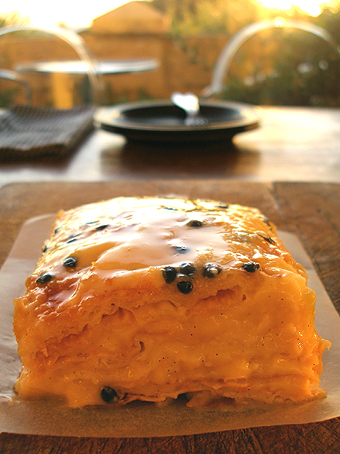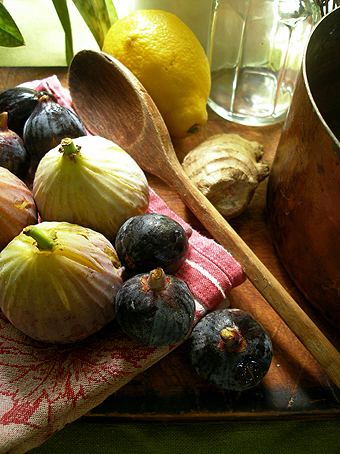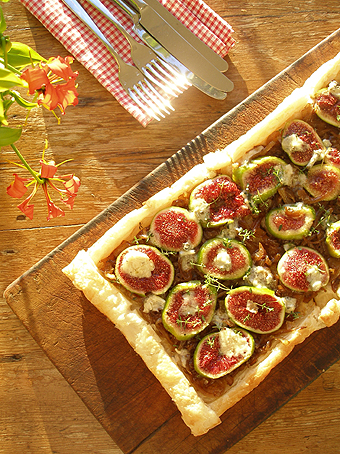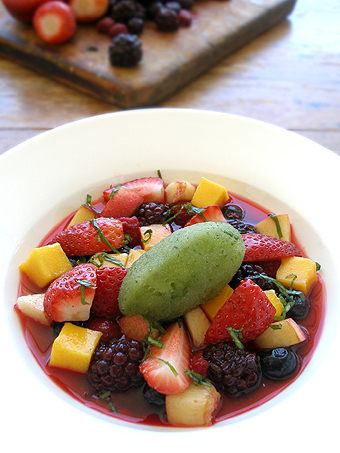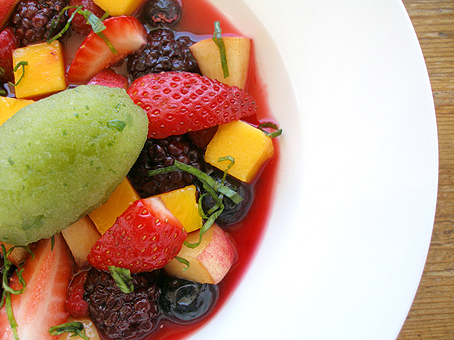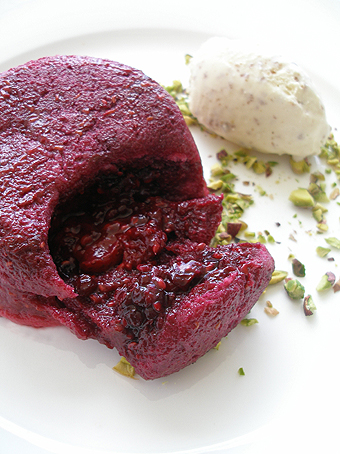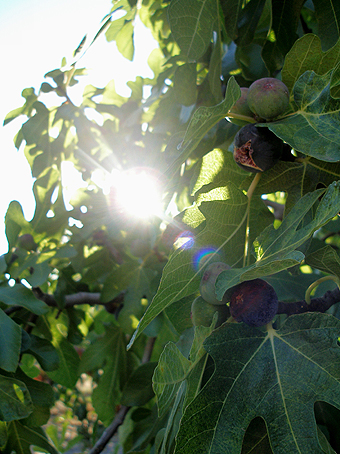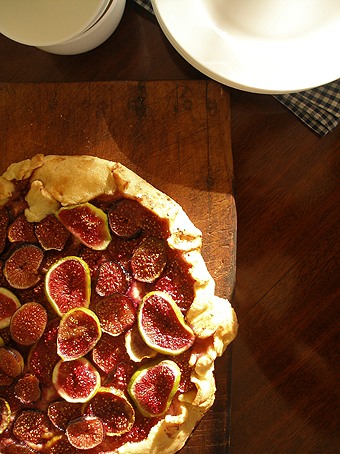My “book of the moment” is Giorgio Locatelli’s Made in Italy, a much appreciated present from Christmas last. I hesitate to call it a cook book because it’s more than just that. In the book are fascinating stories about ingredients, how-to’s on making things such as your own ice-creams and pasta and also details about Giorgio’s youth to his present day experiences in running Locanda Locatelli in London. I’m not one for reading a book like this from cover to cover so today, I read an article dedicated to chocolate. The story was an interesting one, especially the sections about the trading of chocolate (which sounded a lot like the coffee trade) and specialist chocolate makers who are making products which express the different chocolate varieties grown in particular geographical conditions, much like the single “crus” or single estate vineyards in the wine world.
Which brought me to the realisation that I really should write a post on the chocolate tarts that feature on the header you see on my blog. The recipe was taken from Gourmet Traveller, my favourite food and travel magazine. I made these little tarts quite some time ago as petit fours for a Christmas party and I remember they went down very well.
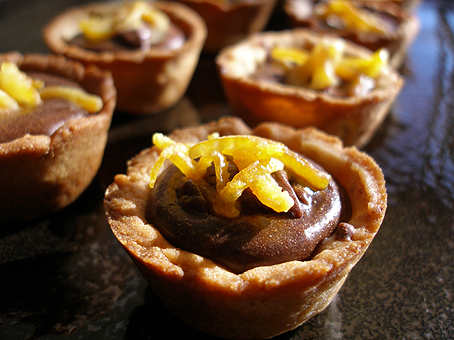
Chocolate and clementine tarts
makes about 30
adapted from Gourmet Traveller
175 gm cold unsalted butter, coarsely chopped
75 gm almond meal
1 egg
1/2 tsp vanilla extract
100 gm pure icing sugar
250 gm plain flour
3 glacé clementines or kumquats, cut into julienne
Chocolate filling
100 gm dark chocolate (45% cocoa solids), coarsely chopped
80 ml (1/3 cup) Grand Marnier
250 ml (1 cup) thickened cream, lightly whipped
Process butter, almond meal, egg and vanilla in a food processor until just combined. Working quickly, add icing sugar, alternate with flour and a pinch of salt and process until pastry just comes together. Form into a disc and wrap with cling film. Refrigerate for at least an hour.
Roll pastry out on a lightly floured surface until 3/4 cm thick and line fifteen 5cm tart tins, trimming excess pastry. Bake at 180° C for 10-12 minutes or until golden. Remove from tins and cool on a wire rack. Store in an airtight container until required.
For chocolate filling, melt chocolate in a heatproof bowl over gently simmering water. Stir occasionally until smooth. Add Grand Marnier and, when almost cold, fold through cream until well-combined.
To serve, spoon a teaspoon of chocolate filling into each tart and top with glacé clementines.
Instead of the glacé clementines, I made my own with julienned kumquat peel.
Glacé kumquat peel
3 kumquats, peeled and julienned
1 cup sugar
1 cup water
Place peel and water in saucepan and simmer for 30 minutes. Add sugar and boil for another 10 minutes. Turn off heat and leave overnight. Next day, bring to boil and remove peel from syrup. Spread out on baking sheet.
The tarts work really well on a number of levels, the crunch of the pastry, followed by the soft filling, then a hit of citrus!
Technorati Tags: dessert, chocolate, tart, kumquat, recipe, madchilli

